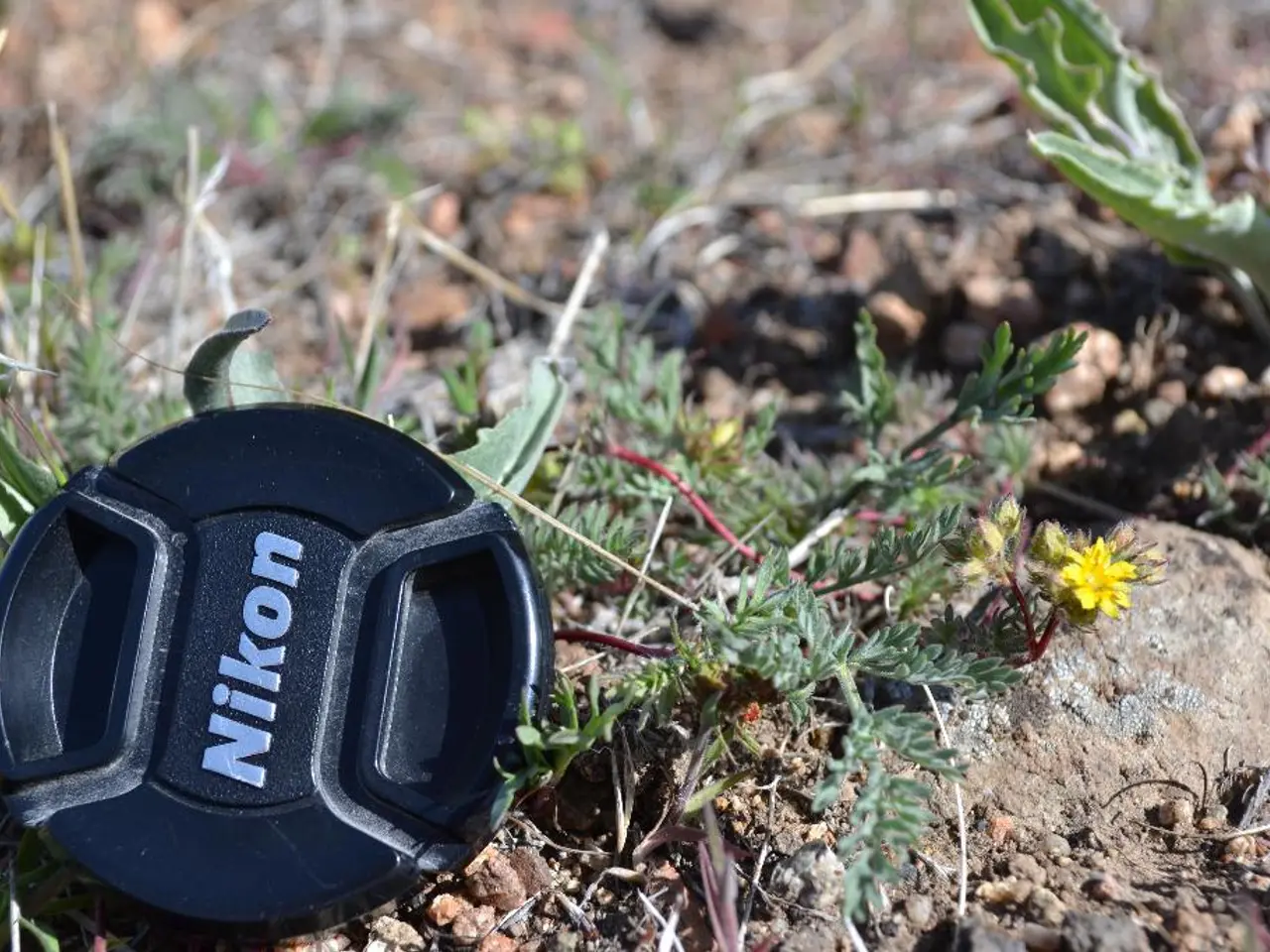Preparing Your Lawn for Spring: Essential Steps for a Vibrant Greenspace in the Approaching Warm Seasons
As the winter chill fades across Australia, lawns begin to stir from their dormant state, preparing for the vibrant spring season ahead. Here's a step-by-step guide to help you prepare your lawn for a healthy and thriving spring.
## Essential Steps for Preparing Your Lawn
### 1. Cleaning
The first step in preparing your lawn for spring is a thorough clean-up. Remove any debris, dead grass, or leaves that may have accumulated during winter. This prepares the lawn for aeration and other maintenance tasks.
### 2. Aeration
Aeration is a crucial spring task to revitalise the lawn's foundation. Aerate your lawn to improve air, water, and nutrient circulation. This helps reduce soil compaction, which is essential for root growth and overall health.
### 3. Top Dressing
After aeration, apply a mix of organic matter like compost or well-rotted manure to improve soil structure and fertility. This practice, known as top dressing, is best done when the lawn is actively growing, usually in spring or early summer.
### 4. Fertilising
Choose a fertiliser suitable for spring growth, typically a balanced NPK (nitrogen, phosphorus, potassium) formula. Apply it according to the manufacturer's instructions to promote healthy growth. For warm-season grasses like Buffalo, Kikuyu, Couch, and Zoysia, a slow-release, nitrogen-rich option is ideal.
### 5. Mowing
Raise your mower blade to about 3-4 inches to allow for better growth and prevent weed invasion. Maintain regular mowing to encourage even growth and prevent the lawn from becoming too long. Mow frequently enough so that you are only removing about one-third of the grass blade's height at any one time.
### 6. Watering
Water deeply but infrequently to encourage deep root growth. Adjust watering based on weather conditions to avoid overwatering.
### 7. Weed and Pest Control
Regularly inspect your lawn for weeds and pests, such as mosquitoes, ants, or weeds like dandelions and clover. Implement a combination of physical removal, cultural practices, biological controls, and chemical controls as needed to manage weeds and pests effectively.
### Additional Tips
- Maintain soil health by testing your soil pH and amending it if necessary to ensure optimal conditions for your grass type. - Be vigilant for signs of lawn diseases like fungal infections and treat promptly if identified. - Always ensure your mower blades are sharp to prevent ragged, brown tips. - Cool-season grasses might need a different balance but generally, a good all-purpose lawn food will suffice. - Immediately after applying fertiliser, water your lawn thoroughly. - In spring, it's best to maintain a slightly higher mowing height to allow for better photosynthesis. - Always follow the manufacturer's instructions for application rates and methods, and use a fertiliser spreader for consistent application. - Smart spring watering involves watering deeply and infrequently to encourage deep roots. - Fertilising in spring provides essential nutrients for the grass to emerge from dormancy, green up, and establish strong growth before the peak demands of summer.
By following these steps, you can help your lawn thrive during the spring season in Australia. Happy lawn care!
Incorporating gardening practices, such as top dressing and fertilising, into your home-and-garden tasks can significantly contribute to the vitality of your lawn. After aeration, apply a mix of organic matter for top dressing and choose a suitable spring fertiliser for your grass type to encourage healthy growth.




